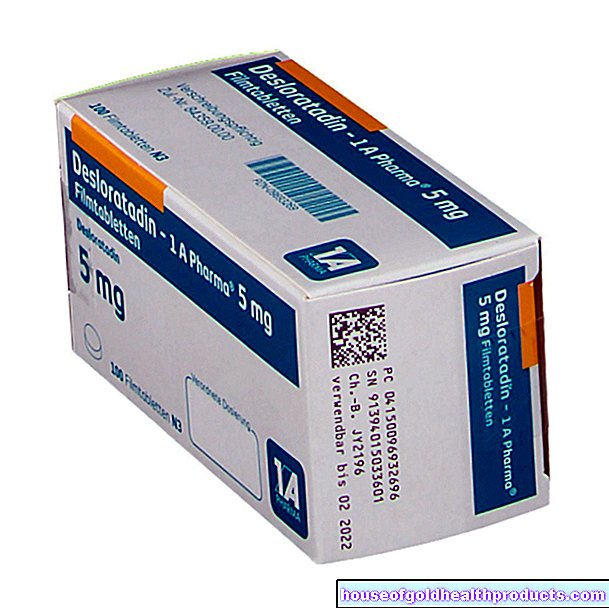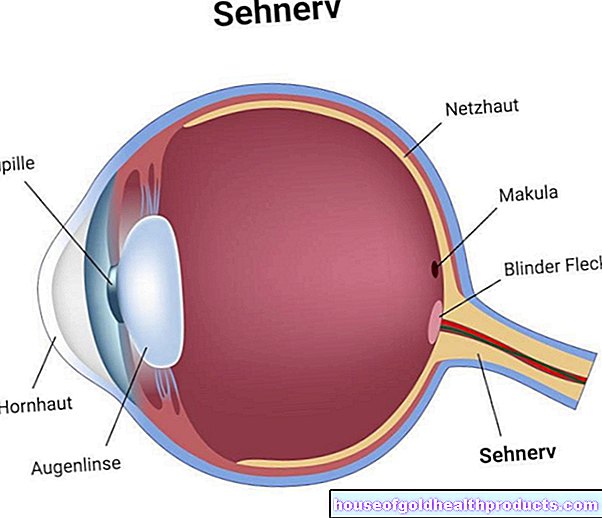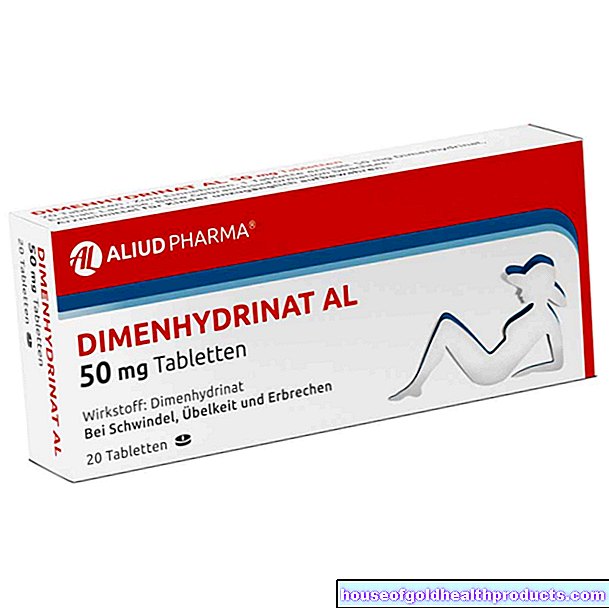Iridectomy
All content is checked by medical journalists.Iridectomy is an operation in which the iris of the eye is opened with a small incision. This is necessary, for example, if the intraocular pressure is increased, which can irreparably damage the optic nerve. Sometimes an iridectomy is also performed as a precaution so that the pressure in the eye does not increase in the first place. Read more about the process and risks of iridectomy here!

What is an Iridectomy?
The iridectomy is a microsurgical operation on the eye in which the iris is opened in one place with a small scissor cut. Then aqueous humor can drain away, which lowers intraocular pressure.
Eye chambers and aqueous humor
The iris is a layer of tissue in the eye that separates the anterior and posterior chambers of the eye. The aqueous humor, which is constantly being formed by the eye, is released into the posterior chamber of the eye. In the area of the iris, the colorless liquid continues to flow into the anterior chamber of the eye, where it can eventually drain through a channel. The aqueous humor supplies the eye with nutrients and removes harmful substances.
Increased intraocular pressure
The amount of aqueous humor in the eye determines the intraocular pressure. Since "fresh" aqueous humor is constantly being formed and reaching the posterior chamber, there must be an even, adequate outflow from the anterior chamber. If this drainage is disturbed, there is a gradual or even acute increase in intraocular pressure.
If the intraocular pressure is too long or too high, important structures of the eye such as the optic nerve and the surrounding areas of the retina can be damaged. Doctors then speak of glaucoma. This damage can lead to blindness of the affected eye.
The pent-up aqueous humor can drain through the small incision made in the iris made during the iridectomy - the intraocular pressure drops. An iridectomy may also be necessary after injuries or previous operations, for example to fill the eye with fluid.
Increased intraocular pressure is an important risk factor for the development of glaucoma. Risk patients and the elderly should therefore have their intraocular pressure measured regularly.
Iridotomy
Depending on the goal of the procedure, an iridotomy may also be considered in addition to an iridectomy. In the case of an iridotomy, a laser is usually used to create a hole in the iris - the principle of action ultimately corresponds to that of the iridectomy. This painless laser treatment is often carried out as a precautionary measure for patients who are prone to an attack-like increase in pressure in the eye (glaucoma attack). Since the holes created with the laser are only very small, they often close again and make a subsequent iridectomy necessary.
In many cases, the ophthalmologist recognizes the tendency to increased intraocular pressure as part of the preventive examinations.
When to do an iridectomy
Microsurgical iridectomy is necessary in the following cases:
- Acute angle-closure glaucoma (glaucoma attack): This suddenly leads to a sharp increase in intraocular pressure, which must be operated on immediately.
- Opacity of the cornea
- "Abolished anterior chamber": The anterior chamber is barely there anymore because the iris lies directly against the back of the cornea.
- When patients refuse laser treatment (iridotomy) or cannot sit still long enough for the procedure.
- If previous laser treatments have not achieved the desired success, e.g. because the hole lasered into the iris has closed again.
A glaucoma attack is an emergency!
An acute attack of glaucoma, i.e. a sudden increase in intraocular pressure, is an emergency - it can lead to blindness! Typical symptoms are a one-sided red eye and a dilated pupil that does not react to light. In addition, the eyeball feels hard when you press the closed eye. In such a case, go to the ophthalmologist immediately or call the emergency doctor (Tel. 112)!
What do you do with an iridectomy?
The iridectomy can be performed under local or general anesthesia. First, the surgeon makes a small incision in the edge area of the cornea and gains access to the anterior chamber of the eye.
Then he grasps the base of the iris with tweezers, pulls it outwards a little and cuts it with special scissors at a previously determined point - this creates the connection between the anterior and posterior chambers. The aqueous humor can now flow into the anterior chamber - the intraocular pressure drops.
With a light massage in the cornea area, the iris slides back into its correct position. Then the cut is sewn.
What are the risks of an iridectomy?
An iridectomy is considered a relatively low-risk procedure. Nevertheless, complications can arise during the operation:
- Bleeding in the eye: It occurs mainly when the so-called ciliary body (ring-shaped part of the middle skin of the eye) has been injured or the eye is inflamed. They can usually be stopped quickly by temporarily introducing an air bubble into the anterior chamber.
- Infections
- Incomplete iridectomy: The procedure is not performed to the extent necessary so that the aqueous humor does not drain.
- Injury to the lens
The following complications can occur after the iridectomy:
- Increased intraocular pressure: If the intraocular pressure is increased or rises again after the iridectomy, medication or a new operation may be necessary.
- Photosensitivity and double vision
- Cloudiness of the lens of the eye (cataract): Some patients may develop cataracts after a preventive iridectomy. Why this lens opacification occurs after an operation on the iris has not yet been conclusively clarified.
What do you have to consider after an iridectomy?
Since the eye is anesthetized during an iridectomy, you should not rub the eye immediately after the operation - this could lead to injuries as the sensation of pain is still switched off.
Since the pupil was dilated with eye drops for the operation, vision is still limited for a few hours after the operation. You must therefore neither drive nor use machines during this time.
In the days after the operation, give your eyes some rest and avoid excessive television viewing and extensive screen work.
You should conscientiously use prescribed eye drops, ointments or medication after the iridectomy.
Tags: alcohol drugs tcm sex partnership





























